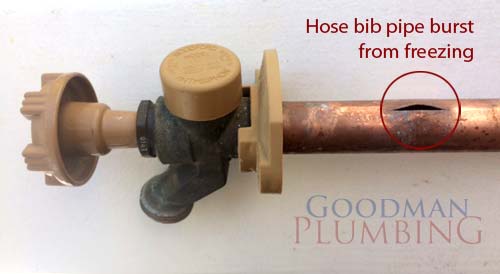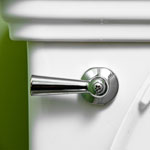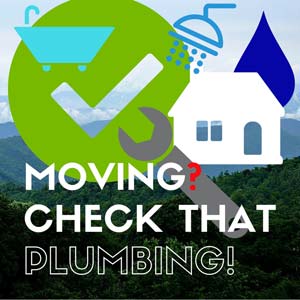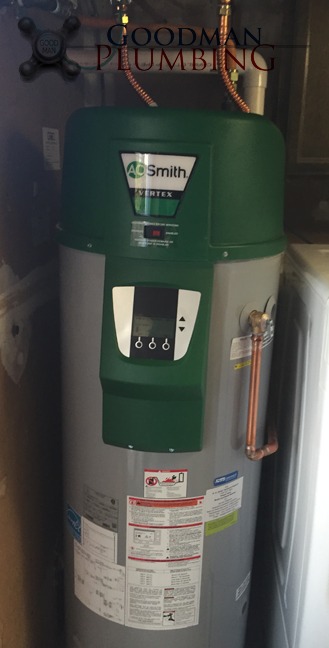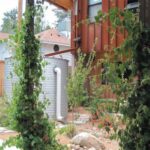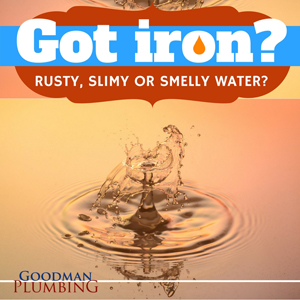
Rusty, Slimy or Smelly Water? You Need Iron Water Filtration
Asheville Water Filtration Blues
Got rusty, slimy or smelly water? If so, iron may be the culprit, and you will need iron water filtration. Iron in water is a very common problem for a lot of people around the country, and especially here in the Asheville and Hendersonville areas.
Iron left untreated will seriously damage plumbing components and equipment by accumulating inside pipes and fixtures. Deposits can clog dishwashers, washing machines, water heaters, sprinklers, wells, water pumps and other appliances, leading to very expensive repairs. Iron leaves unsightly stains on laundry, dishes, sinks and tubs, and can even stain light colored hair! The orange, yellow or brown stains are difficult, if not impossible, to remove. It causes your water to taste and smell metallic, which carries into coffee, tea and other drinks made with it. Aside from bad taste, iron in water adds a displeasing coloration to drinks and food. Veggies cooked in well water containing iron turn unappetizingly dark and absorb the taste of the water.
Three different types of iron are commonly found in well water. They are:
Iron Bacteria
Iron bacteria is usually noticeable because it leaves slime in places like toilets, or in water softeners or water filters. It does not have a “rotten egg” smell, but it does create an environment where sulfur bacteria can grow and produce hydrogen sulfide, which does.
Clear Water Iron (Fe++)
Ferrous iron is often called “clear water iron” because it looks clear when the tap is turned on, and it remains clear as long as the water it is in is not exposed to oxygen. Once exposed to air, it starts to turn orange. If you’ve ever filled a tub and had the water change color, you’ve seen ferrous iron turn into ferric iron.
Red Water Iron (Fe+++)
Ferric iron is known as “red water iron”. In well water, ferric iron is essentially clear water iron that has been exposed to oxygen in the air. This is the rusty-colored water which causes stains. Ferric iron can be present directly out of a well or in tap water that has oxidized.
Is a Water Softener the Solution?
A lot of people here in Western NC use water softeners as a way of dealing with iron. Unfortunately, while softeners are a cheaper means of iron water filtration, they are not the right solution. It is true that a water softener can remove ferrous bicarbonate for a time, but it is not capable of dealing with the other forms.
Field test kits are not capable of detecting the different forms if iron, so if you do have iron in your water, there is no way to make sure that you only have the one type that a softener can handle. Well pump impellers add air to the water when pumping, which means that as water travels from well to pressure tank and then to the softener, any clear water iron that is present oxidizes and turns into red water iron, which cannot be removed by the water softener. Even if you only have clear water iron at the wellhead, you will have red water iron in your tap. It will eventually foul the resin bed, causing the water softener to stop working properly.
The Iron Reactor System
You need an iron reactor system to deal with iron properly. I understand why people choose to hire plumbers who offer water softeners as a solution for iron water filtration, because it is cheaper in the short term. But I also know that after a couple of years they regret their decision. In the end they have to install a proper iron water filtration system after the ‘water softener solution’ ultimately fails.
If you have rusty, slimy, smelly water, or see stains on your fixtures, get your water professionally tested by a plumber who offers a comprehensive water test and getting the proper water filtration installed right the first time.
Jacob Goodman is the owner of Goodman Plumbing Asheville NC. He has been plumbing for over20 years. Goodman Plumbing offers a full-range laboratory water testing for wells, springs, or municipal water, and holds a platinum certification from CSI water filtration systems. You can read more about Asheville water filtration at www.goodmanforthejob.com/water-filtration-asheville, or give us a call today! 828-774-7076



